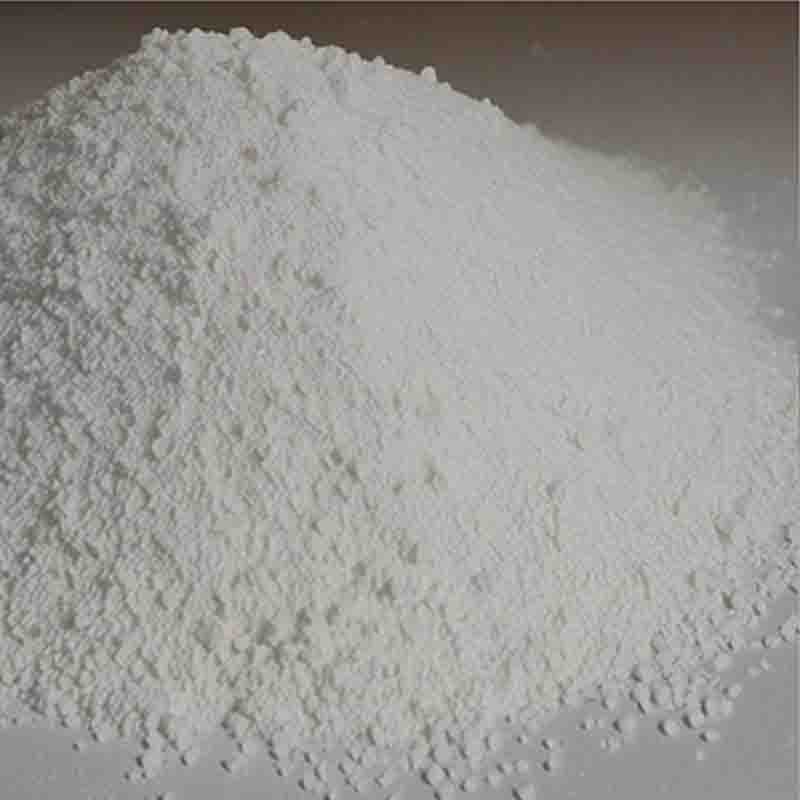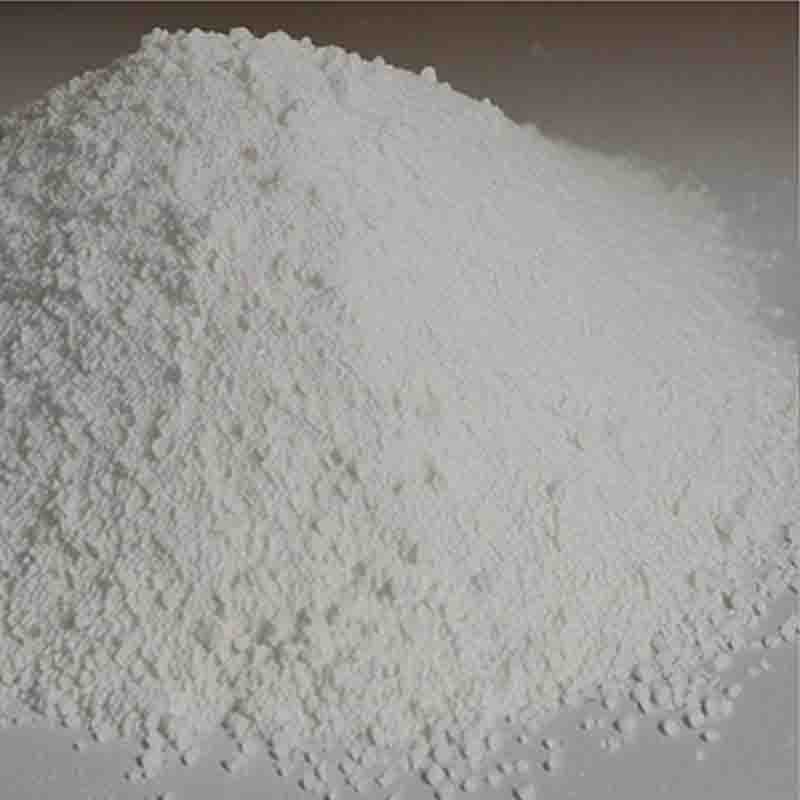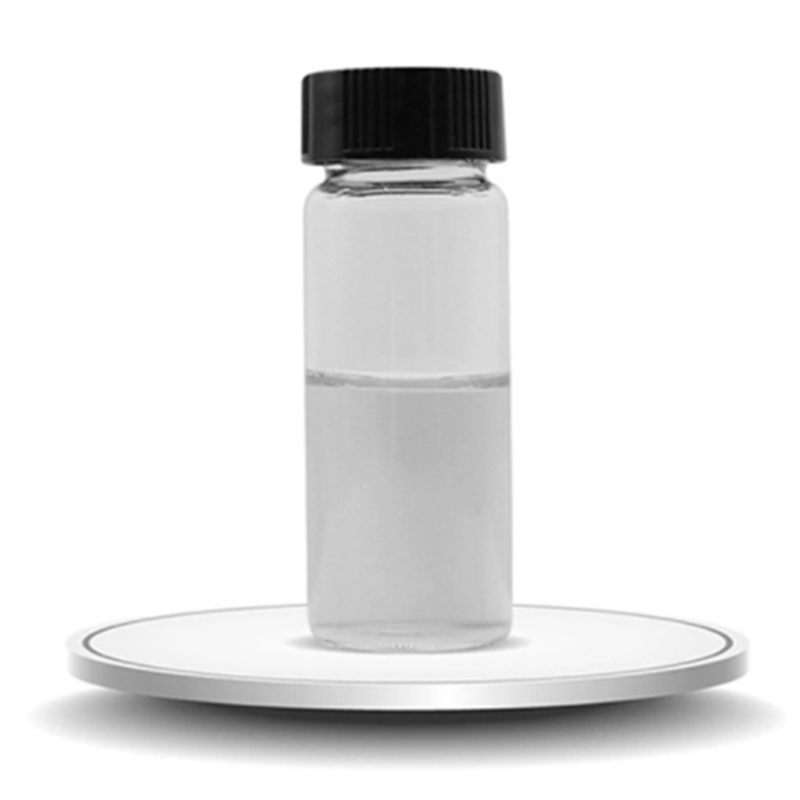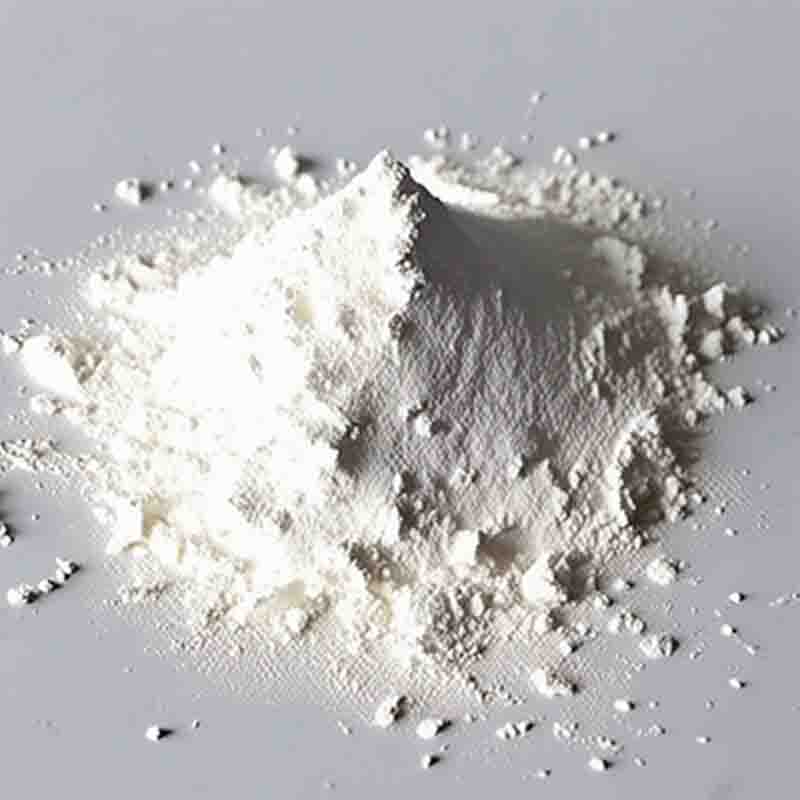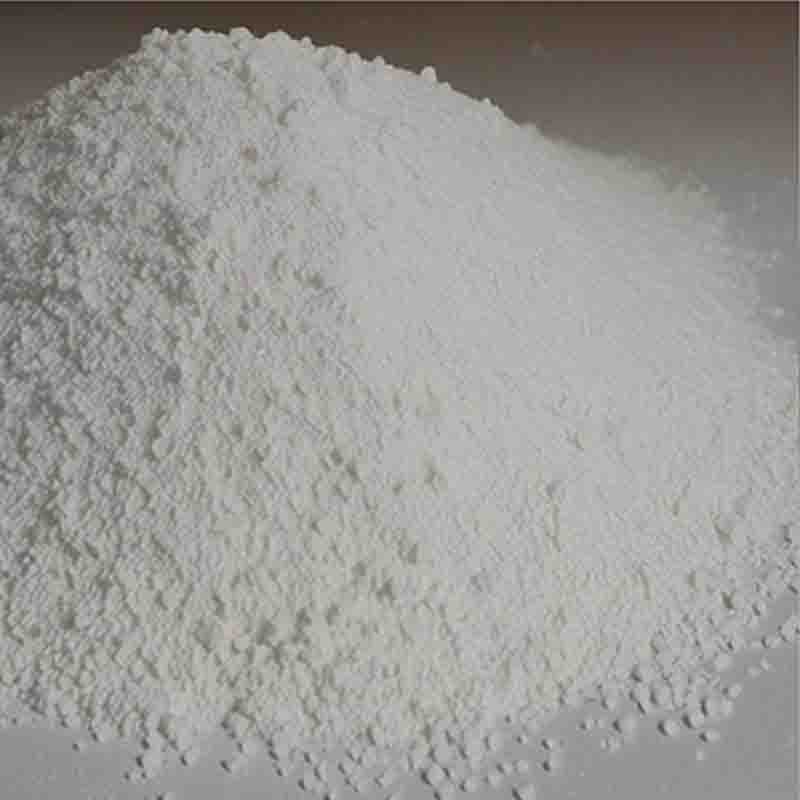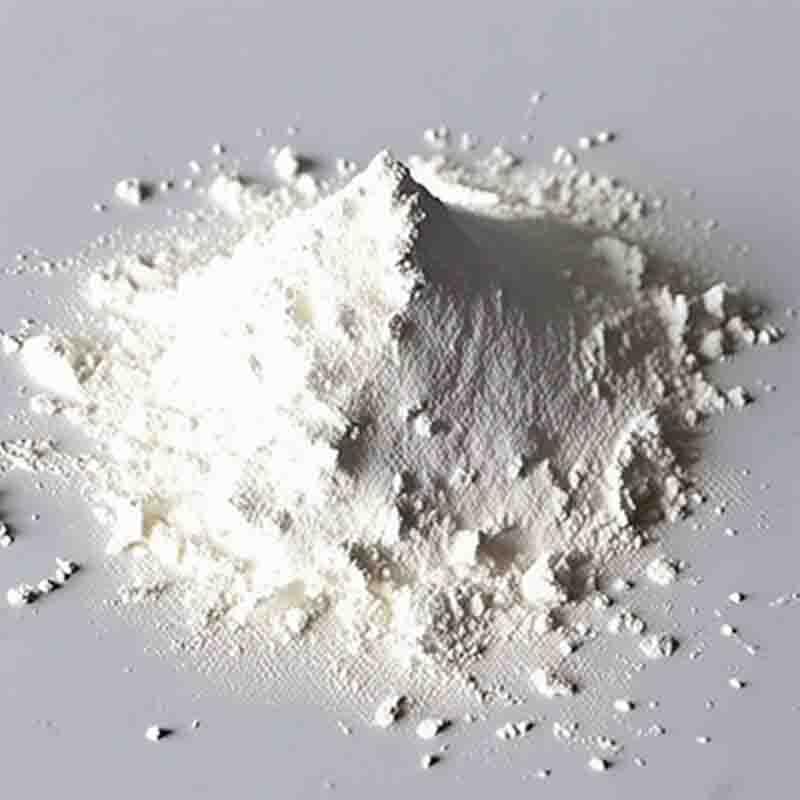Triphenylamine CAS: 603-34-9
| Catalog Number | XD96105 |
| Product Name | Triphenylamine |
| CAS | 603-34-9 |
| Molecular Formula | C18H15N |
| Molecular Weight | 245.32 |
| Storage Details | Ambient |
Product Specification
| Appearance | White powder |
| Assay | 99% min |
Triphenylamine is a versatile organic compound with a wide range of applications in various scientific and industrial fields. Some of its key uses include:
1. Material Science: Triphenylamine is a valuable building block for the synthesis of advanced materials with tailored properties. Its unique chemical structure makes it useful in the preparation of organic semiconductors, liquid crystals, and organic dyes. These materials have applications in optoelectronics, display technologies, and organic electronics.
2. Organic Synthesis: The compound is utilized in the synthesis of complex organic molecules. It can be used as a starting material for the preparation of functionalized triphenylamine derivatives, which have applications in materials science and organic synthesis. The compound's structural versatility makes it a valuable tool for the construction of diverse organic compounds with specific properties.
3. Medicinal Chemistry: Triphenylamine can be utilized as a building block in the synthesis of novel pharmaceutical agents. Its unique chemical structure and reactivity make it valuable for the development of potential drug candidates. It can serve as a structural motif for the creation of new compounds with potential therapeutic activities, contributing to advancements in drug discovery and medicinal chemistry.
4. Research and Development: Triphenylamine is utilized in academic and industrial research for exploring new organic compounds and their potential applications. Its unique triphenylamine structure and reactivity make it a valuable tool for investigating structure-property relationships and developing novel chemical entities with tailored properties.
5. Electrochemistry: Triphenylamine is a commonly used electron donor in electrochemical reactions. Its redox properties make it useful in the development of electrochemical sensors, fuel cells, and batteries.
In summary, Triphenylamine exhibits diverse potential applications in material science, organic synthesis, medicinal chemistry, research and development, and electrochemistry. Its unique structure and properties make it a valuable compound for various scientific and industrial endeavors.


